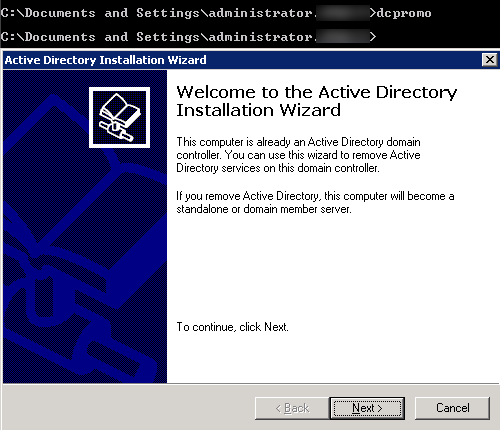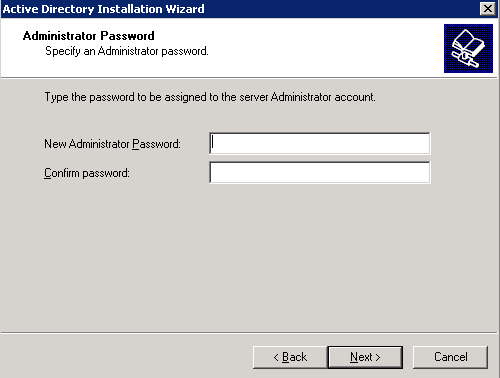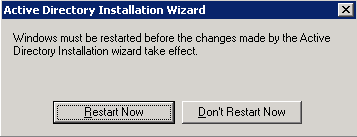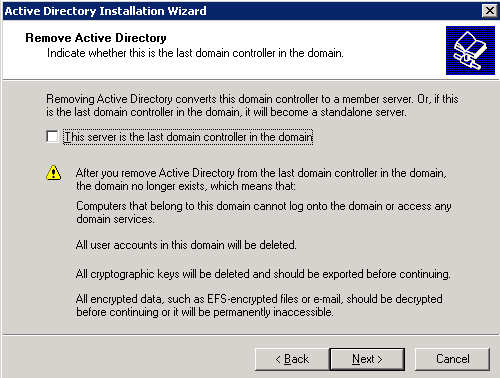With many IT administrators upgrading their internal infrastructures to begin capitalizing on some of the newer features available in Active Directory by raising the functional level, it has become more of a necessity to remove older domain controllers.
This article provides a step-by-step guide on how to perform a DCPromo for a 2003/R2 or 2008/R2 domain controller. In the example shown below, a Windows 2003R2 Domain Controller was decommissioned.
To view the full list of benefits from increasing the domain functional level, visit the following article: http://technet.microsoft.com/library/understanding-active-directory-functional-levels(v=WS.10).aspx
This article is the fourth and final part of a series.
- Creating a Windows 2012 or 2012R2 Domain Controller
- Promoting a Windows 2012R2 Server Domain Controller
- Transferring FSMO Roles to a New Domain Controller
- Decommissioning a Windows 2003 or Windows 2008 Domain Controller
DCPromo an Old Domain Controller
To start the decommission process, remote on to the existing domain controller as a domain admin and run a command prompt as the administrator.
Type in dcpromo. This will begin the Active Directory Installation Wizard.

On the next screen, Active Directory will pop up a warning that a Global Catalog server needs to be made available. If the existing domain is still in use, do not decommission the existing domain controller until a new domain controller is added to the environment.

If an entire domain is being decommissioned, check “This server is the last domain controller in the domain.” As the warning below suggests, do not check this button if you are planning on keeping the existing domain around.
On the next screen, Active Directory Insatllation Wizard will prompt to specify a new local administrative password.

On the next screen, one final prompt will appear before the Domain Controller is removed from the environment.

At this stage, Active Directory will begin the process of removing the domain controller from the domain. This typically takes about five minutes, but can take considerably longer on slow machines or large environments.

Once the Active Directory role has been removed, the machine will prompt for a reboot.


Once the machine has been rebooted, Active Directory Domain Services will have been successfully removed.
Note: Although Active Directory has been removed from the domain controller, DCPromo will not remove the domain controller from the Active Directory Sites and Services. The old domain controller must be deleted manually.



